Planting a perennial garden with flowers that bloom for a long time is the ultimate garden hack. For minimal effort, you get to enjoy gorgeous flowers for months. Many perennials don't have long bloom times, so creating this idyllic garden takes some research. But, you don't have to do it; we've got you covered here! This collection of long-blooming perennials takes all the struggle out of creating the perfect perennial flower garden.
Jump to:
- Tips For Keeping Your Perennials Blooming
- Everblooming Daylilies (Hemerocallis sp.)
- Shasta Daisies (Leucanthemum x superbum)
- Astilbe (Astilbe x arendsii)
- Wood Betony (Betonica officinalis)
- Bleeding Heart (Dicentra formosa)
- Russian Sage (Perovskia atriplicifolia)
- Coneflowers (Echinacea purpurea)
- Lupine (Lupinus)
- Garden Phlox (Phlox paniculata)
- Blanket Flowers (Gaillardia grandiflora)
- Grape Hyacinth (Muscari armeniacum)
- Cranesbill Geranium (Geranium Gerwat)
- Cape Fuchsia (Phygelius capensis)
- Lady's Mantle (Alchemilla mollis)
- Spiked Speedwell (Veronica spicata)
- Threadleaf Coreopsis (Coreopsis verticillata)
- Other Perennial Flowers
Tips For Keeping Your Perennials Blooming
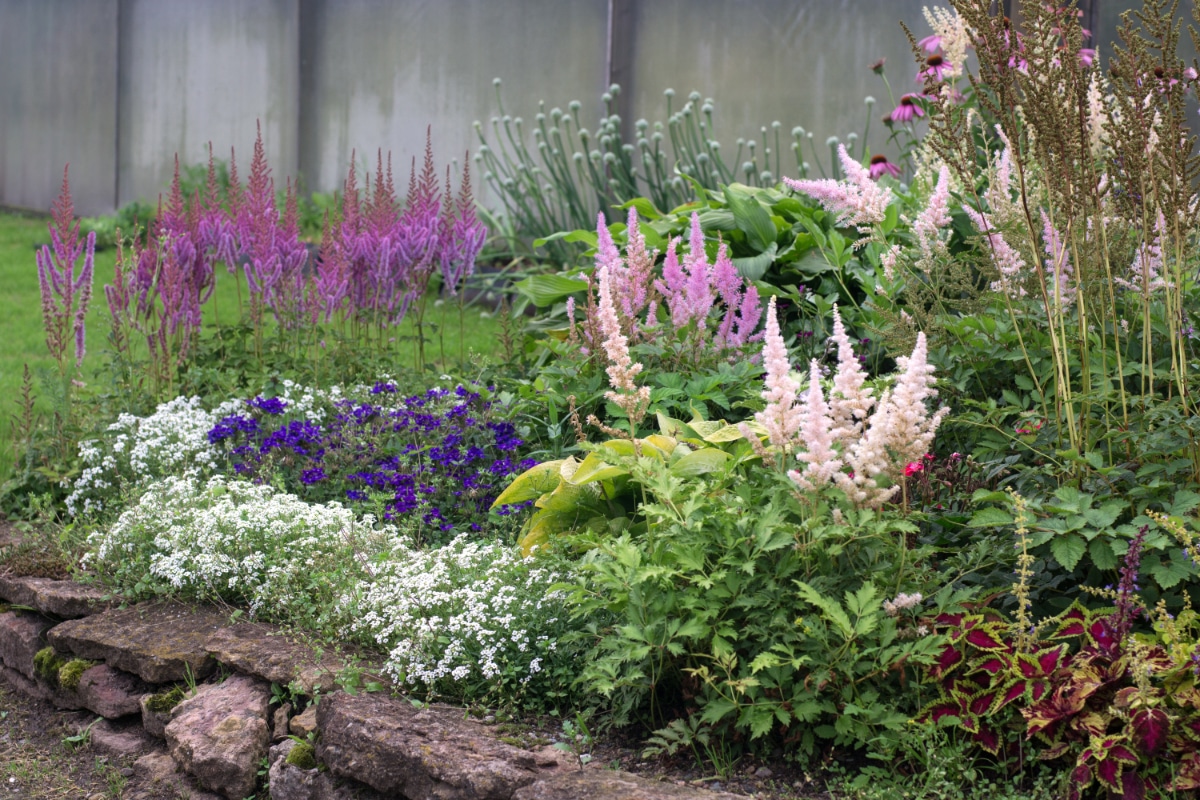
Plants do their best when they receive the proper care. This isn't the same for every perennial, so you need to understand each plant's needs to be successful.
Always read the tag, or do a little research before planting. Does the perennial prefer full sun, partial sun, or more shade? Some perennials will grow fine in partial shade but won't produce as many flowers.
Don't go overboard with the watering or fertilizing. Yes, your perennials will need both to thrive, but too much of a good thing is a common beginner gardening mistake with plants. Follow the instructions on the plant tag.
As the individual flowers die off, remove them from the plant. This is called 'deadheading.' When you remove the old blooms, the perennial will focus on growing new ones, which extends the overall bloom time of the plant.
Everblooming Daylilies (Hemerocallis sp.)
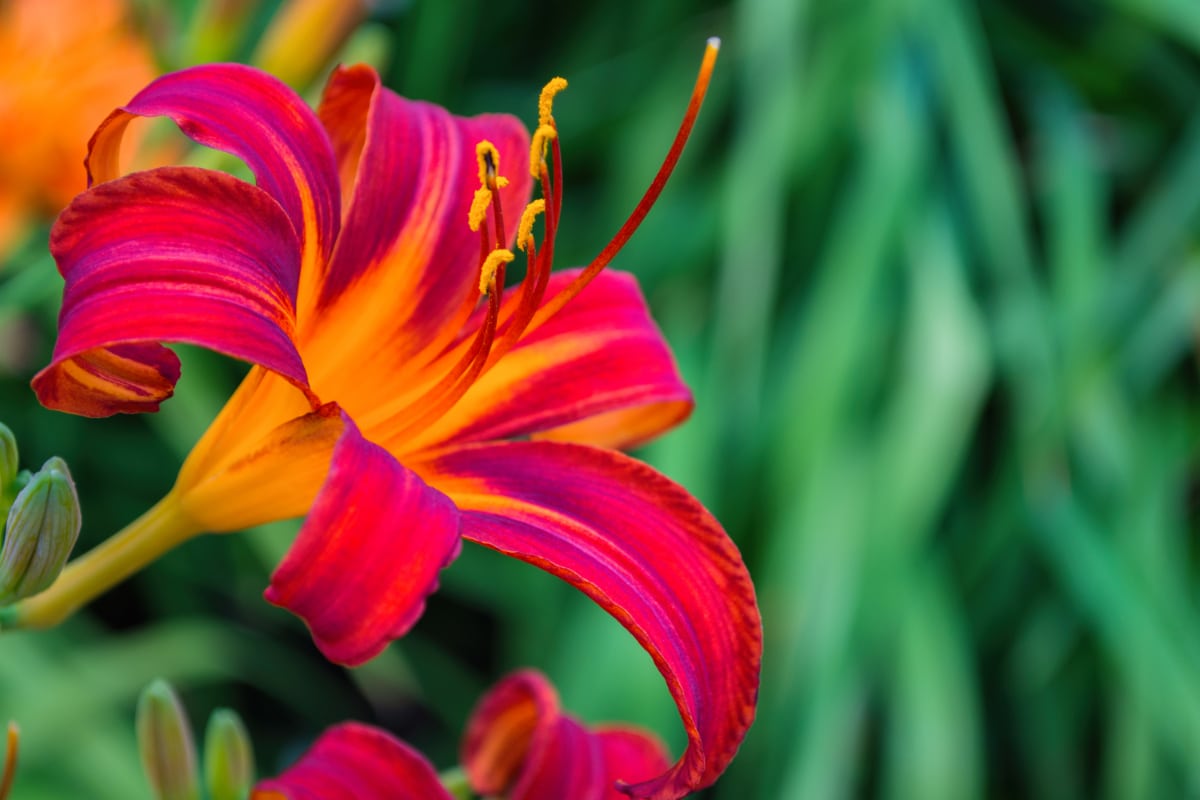
Everblooming Daylilies provide stunning flowers all summer long until the first frost, for many types. Make sure you get an Everblooming (or Reblooming) type, as many daylilies cultivars only bloom for a week or so. The Everblooming Daylilies give continuous flushes of flowers with no time in-between, so the garden is always alive with these striking beauties. Some of our favorite Everbloooming varieties include “Anzac,” “Always Afternoon,” “Bonanza,” “Moonlit Masquerade,” and “Irish Envy.” There are hundreds of options, though, and sure to be a few that will look spectacular in your perennial flower garden. Hardy to zones 3-10.
Shasta Daisies (Leucanthemum x superbum)
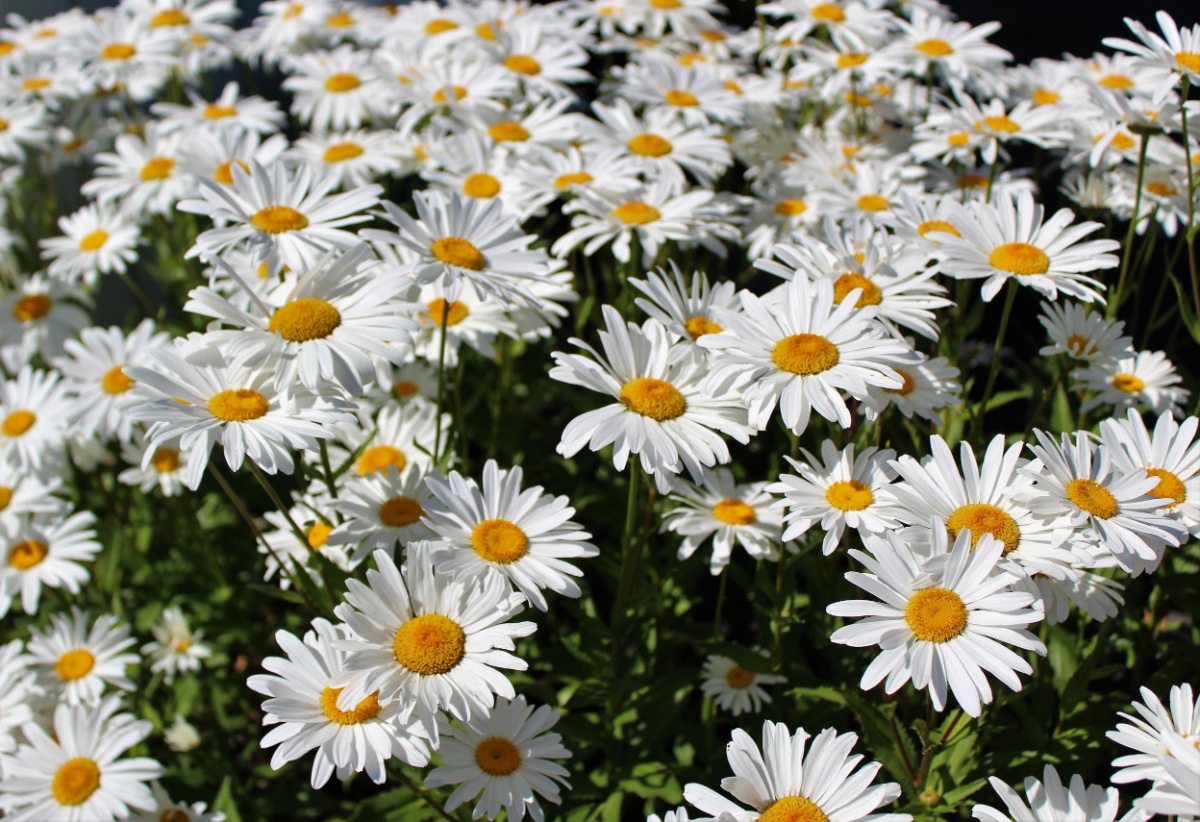
In addition to blooming for many weeks, Shasta Daisies are also super easy to grow. The pollinators love them as much as we do, and there are so many color options available. Shasta Daisies generally bloom for 3-4 weeks, which isn't as long as we'd like. But, we have a hack to enjoy Shasta's all-season – plant early-season, mid-season, and late-season cultivars, so they bloom in succession. Not only does this give you beautiful flowers all summer, but you also get to enjoy different colors and types as the months progress. Always deadhead the flowers after the blooms are spent, and this will prolong blooming. Shasta Daisies are hardy to zones 4-9.
Get it from: Nature Hills Nursery, Amazon, Etsy,
Astilbe (Astilbe x arendsii)

There are early-blooming and late-blooming Astilbe, so plant both to have these dramatic blooms all summer long. Each plant flowers for 2-3 weeks, and there are so many colors to choose from with this one. The stately spires of Astilbe flowers add a colorful flair to the garden, especially when planted in colored groupings. Some of our favorites include "Hyacinth," "Purpurlanz," "Bridal Veil," and "Hip Hop." Astilbe is hardy to zones 4-9.
Get it from: Nature Hills Nursery, Amazon, Etsy
Wood Betony (Betonica officinalis)

An herb with an impressive and long-lasting flower display, Betony is ideal for the perennial garden. The tall flower spikes add depth and brilliant color in shades of purple or white. Plant several varieties for stunning, long-lasting perennial flowers. Wood Betony flowers look like miniature orchids lining the stem, which the bees and other pollinators love. This perennial is ideal for the rock garden, slightly shaded location, or anywhere where the soil isn't great. Wood Betony is versatile and easy-going, perfect for a fuss-free perennial garden. Also, Wood Betony makes a great tea. Hardy to zones 4-8
Bleeding Heart (Dicentra formosa)
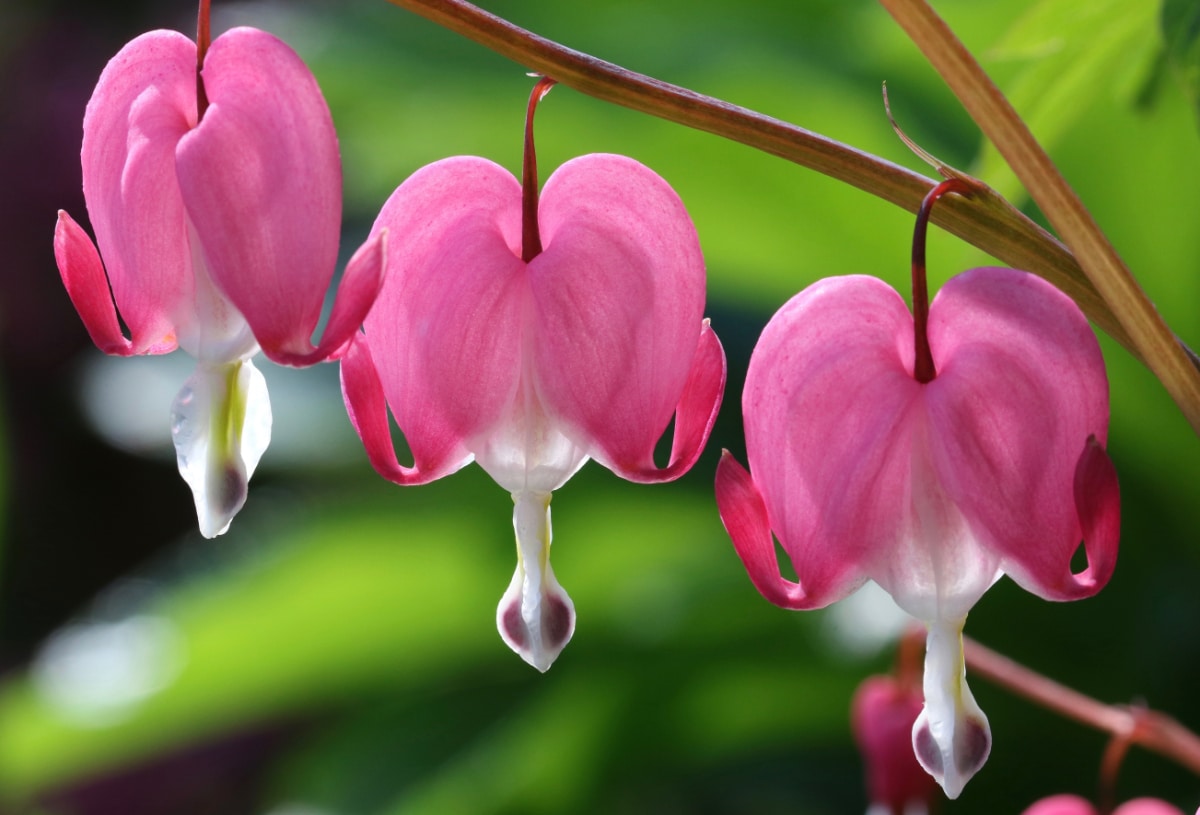
One of our favorite perennials, Bleeding Heart flowers are small yet spectacular. The heart-shaped blooms dangle from the stems in long arrays that stay bright and colorful for months. Bleeding Heart grows well in containers and looks incredible as a border or edging plant. The foliage is fern-like and adds interest to the landscape even when not in bloom. Bleeding Heart is known for its pink flowers, but there are also white and red varieties. This perennial flower is hardy to zones 3-9.
Russian Sage (Perovskia atriplicifolia)
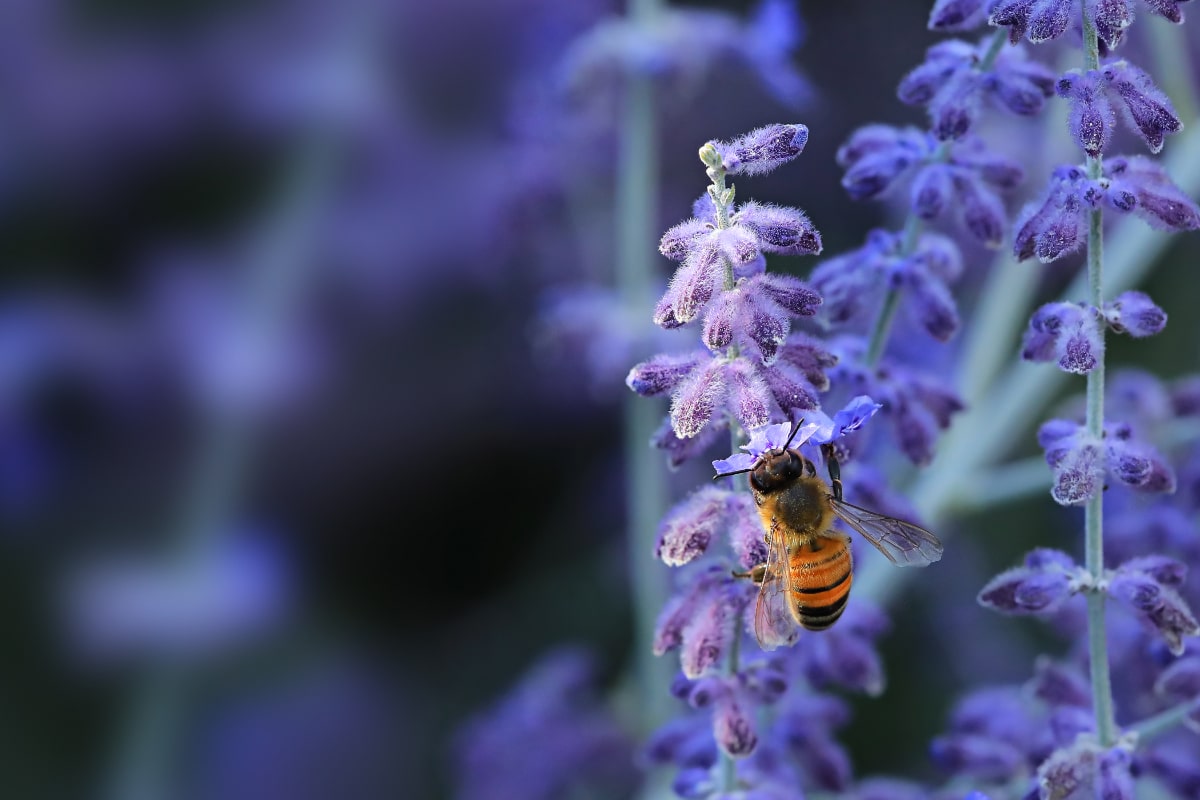
Not a stunning or spectacular bloomer, Russian Sage is still a fantastic long-lasting perennial and shouldn't be overlooked. The foliage is silver-gray and intensely fragrant. When the lavender-purple flowers bloom, they create a wall of attractive color. The best thing about Russian Sage, though, is that you can practically ignore it for months, and it will never lose its zeal. The spikes of muted yet colorful flowers stay true all summer, creating a comforting, tranquil environment in the backyard. Russian Sage is drought resistant, shade-tolerant, and attracts butterflies, bees, and hummingbirds. Hardy to zones 5-10.
Coneflowers (Echinacea purpurea)
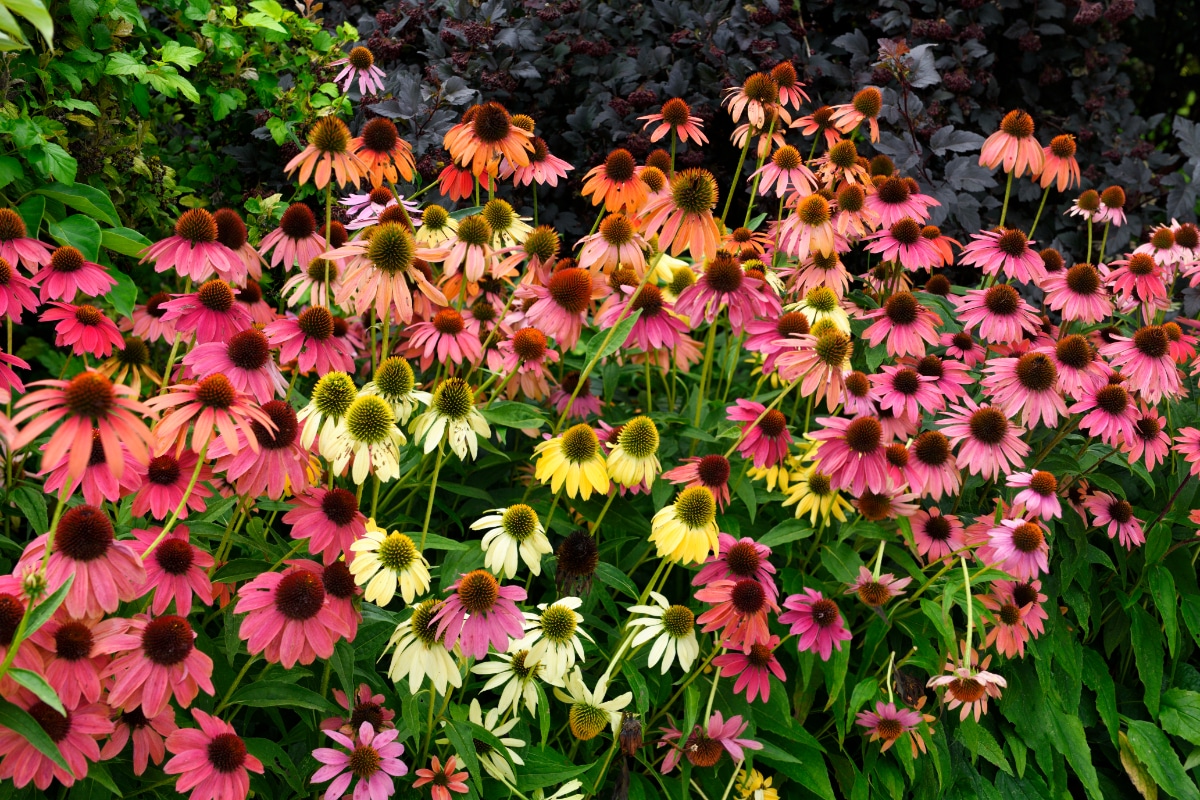
When you want brilliant colors and lots of bees and butterflies in your garden, you must plant Coneflowers. The bright purple daisy-shaped flowers with big coned centers stand atop tall stalks, announcing themselves to all who happen by. Coneflowers are the quintessential summer flower, but they last long into fall. Drought tolerant and easy to grow, Coneflowers are also available in orange, red, yellow, and pink varieties. Hardy to zones 3-9.
Lupine (Lupinus)
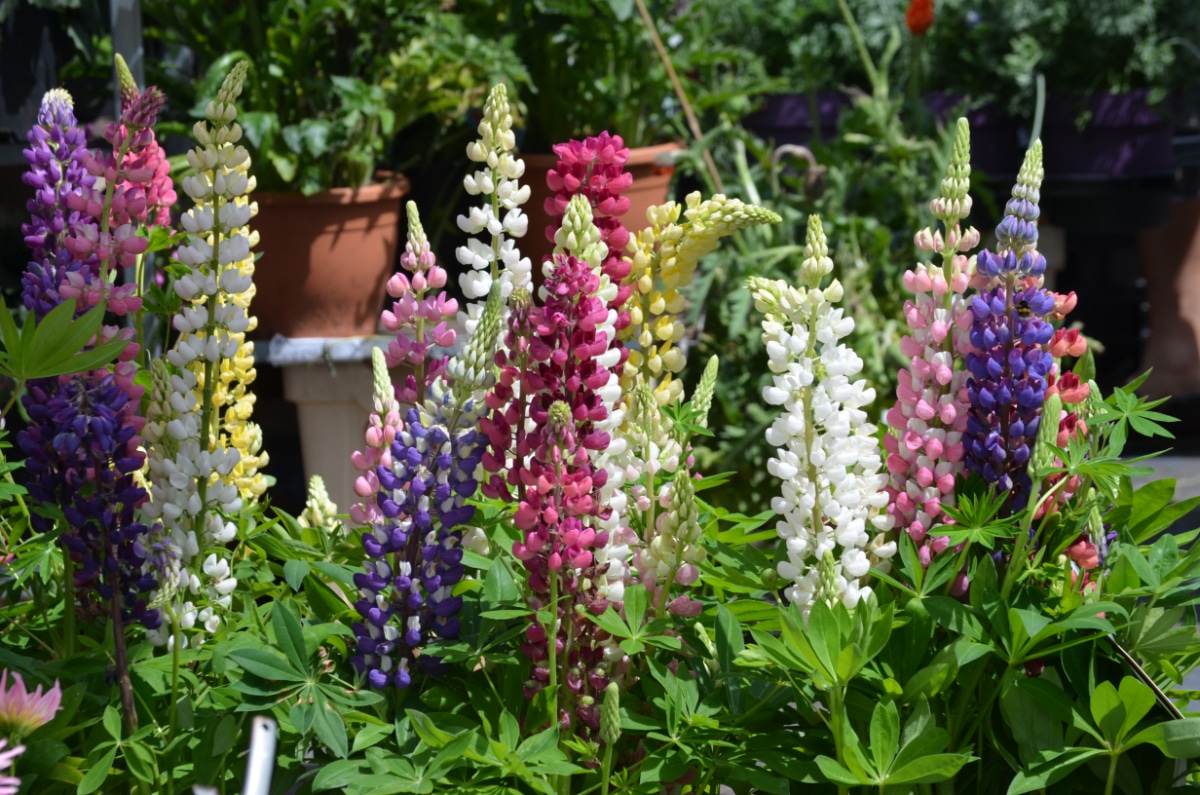
There are so many varieties of perennial Lupine flowers that you could easily fill your garden with them and nothing else. We've considered it! Lupines have attractive fingered foliage that looks wonderful even when it is not in bloom. The pea-like flowers grow close together along tall, stiff stalks above the bushy green leaves; they stand out in the garden, literally! Lupines are incredibly tolerant and are hardy in zones 4-8. Lupines traditionally are purple flowers, but there are also white, pink, blue, yellow, and red varieties. Lupines generally bloom for 4-6 weeks, filling the summer with their brilliance. Not all Lupines are perennial plants, and most perennial options are short-lived. However, these flowers self-seed readily, so it feels like they are long-living perennials.
Garden Phlox (Phlox paniculata)
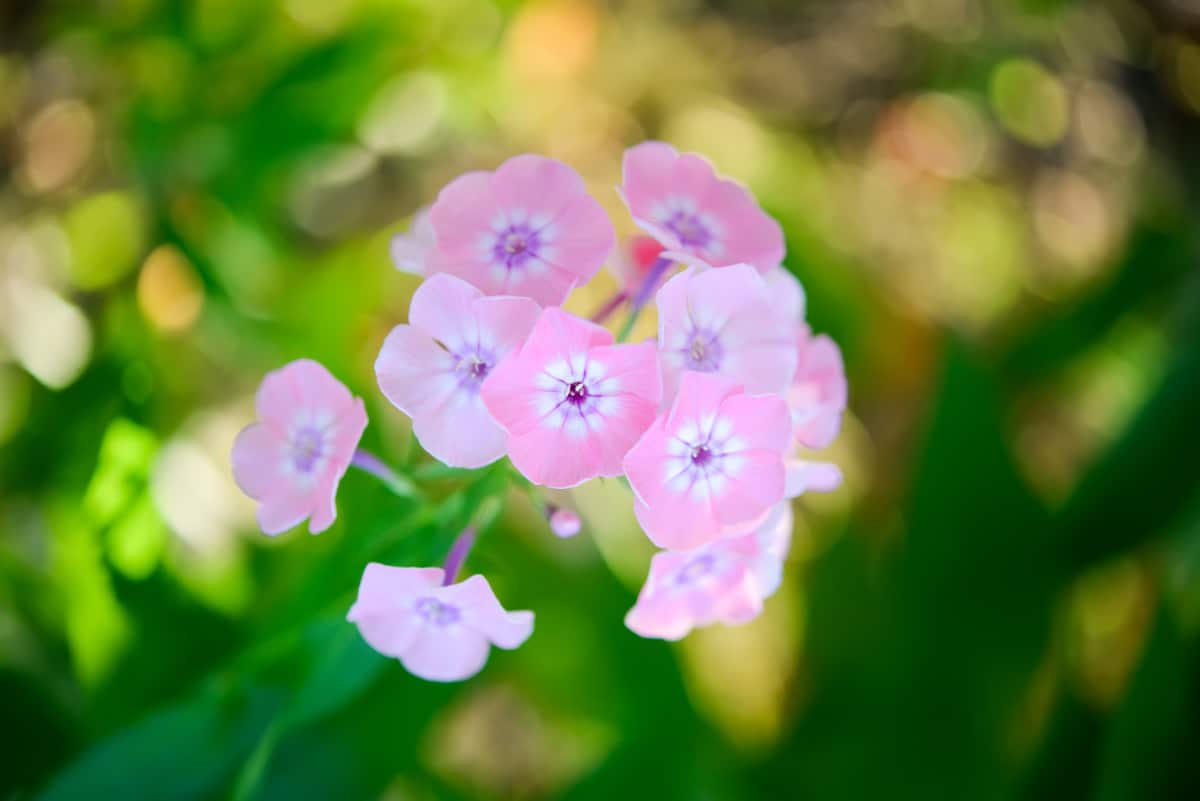
The huge clusters of delicate, sweet flowers make Garden Phlox a popular landscape choice. Garden Phlox flowers are deeply fragrant and attract butterflies, hummingbirds, and birds. This perennial grows 2-4 feet tall, and the full, rounded flower arrays hover over the foliage, swaying in the breeze like cheerful, lighthearted friends. There are other types of Phlox; some are annuals, and some are short-lived perennials. Look for Garden Phlox to get the longest-lasting blooms. Phlox is hardy to zones 4-8 and is available in white flowers, as well as blue, pink, purple, and bi-color varieties.
Blanket Flowers (Gaillardia grandiflora)
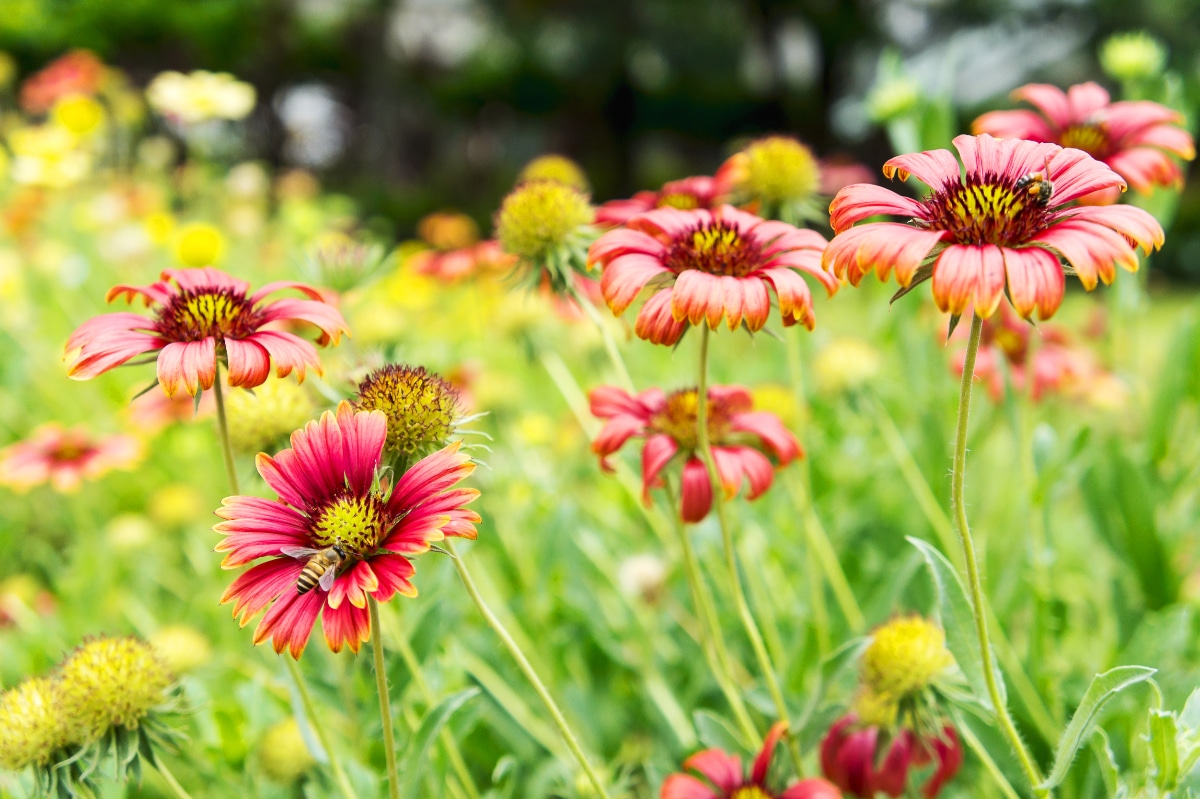
We don't think a flower can bloom too much, but if ever there was a contender, it is the Blanket Flower. With dazzling colorful blooms and the ability to attract all the pollinators, Blanket Flowers have few rivals in the perennial flower garden. Look for the 'grandiflora' species, as these are the long-lasting types cultivated to bloom from early summer through fall. The bright color combinations of Blanket Flower cultivars are astounding. We love "Amber Wheels," "Sunset Spice," "Fanfare," and "Arizona Apricot." Hardy to zones 4-10.
Grape Hyacinth (Muscari armeniacum)
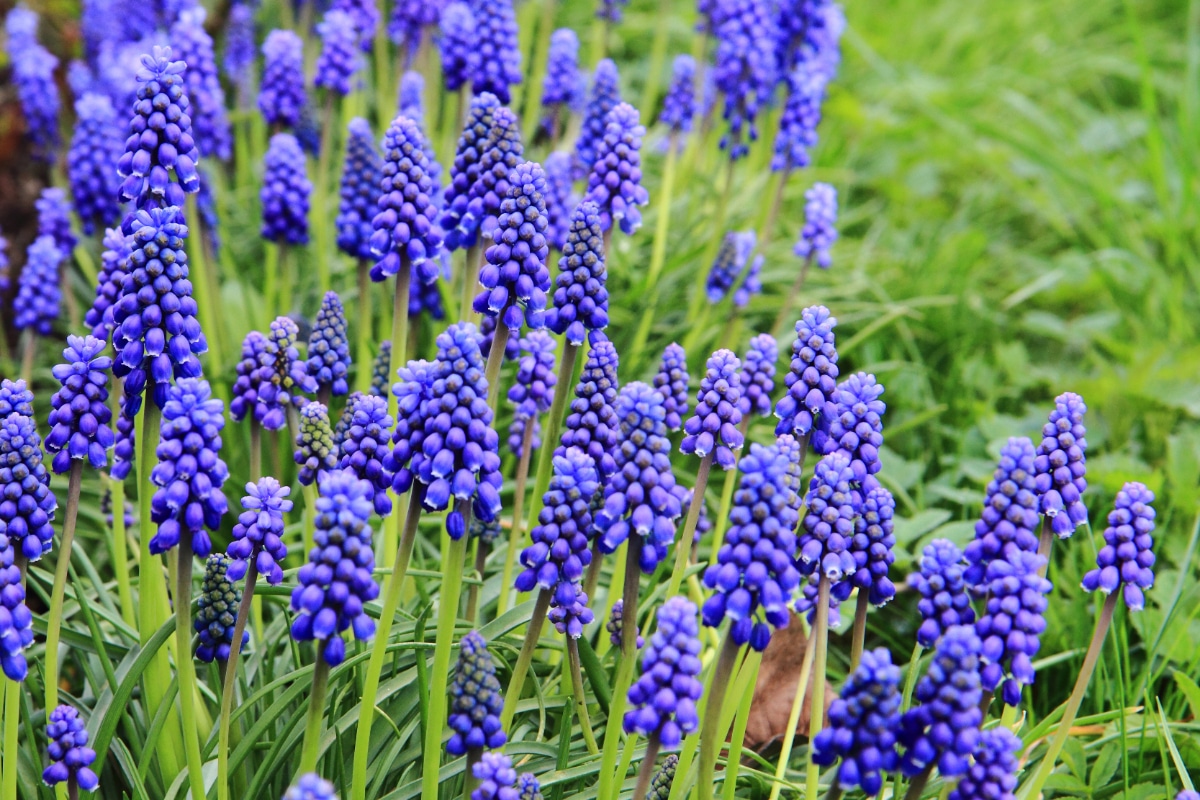
The pearl-shaped flowers of Grape Hyacinth add intrigue and interest to the perennial flower garden in a way no other plant does. The foliage is deep-green and grass-like, so when the flowers stalks appear, poking up from the leaves, it is truly captivating. Grape Hyacinth is loved by butteries and disliked by deer; another reason to plant this hardy perennial! An early bloomer, and often one of the first spring blooms, Grape Hyacinth gives that first initial spring burst of color that is so needed after a long winter. This perennial is available as white, pink, or blue/violet. Grape Hyacinth is hardy to zones 4-9.
Cranesbill Geranium (Geranium Gerwat)
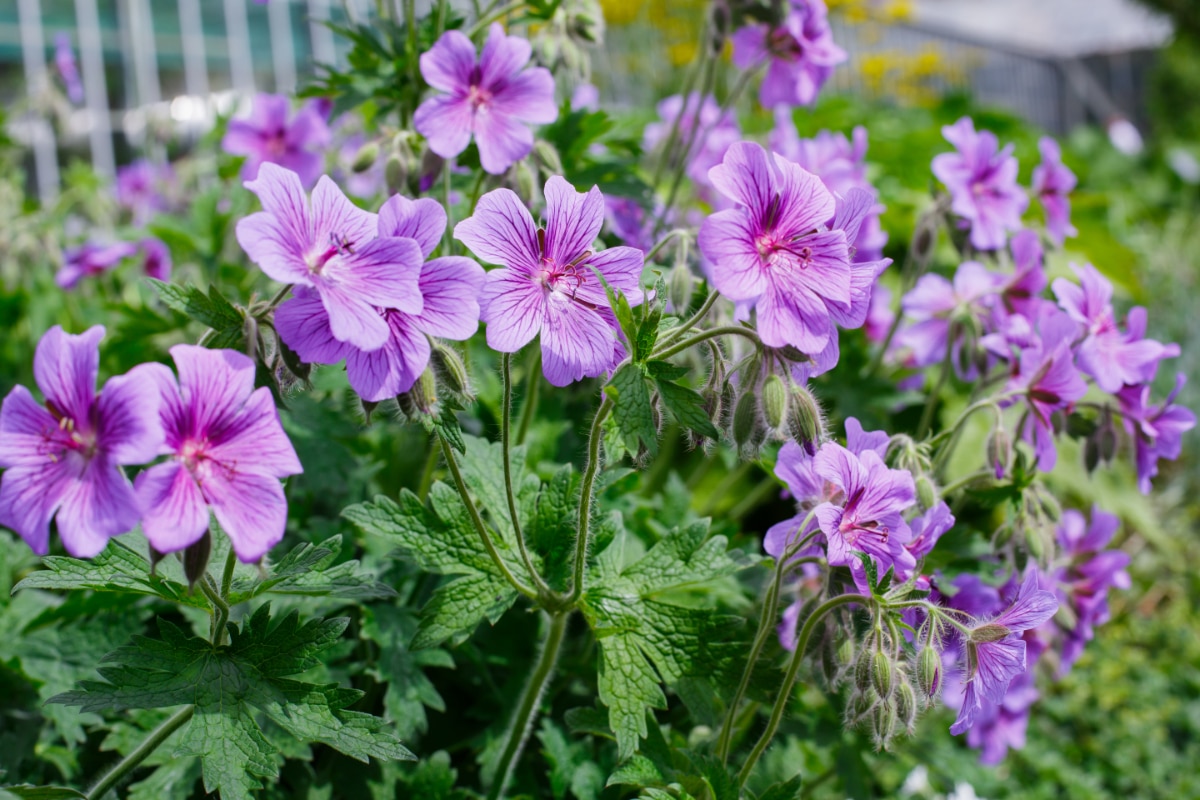
If you'd like masses of dainty blooms filling your garden or landscape, this Geranium is what you need. Cranesbill Geraniums look exceptionally brilliant planted along walls or in rock gardens, where they can cascade in abundant colorful mounds. They also grow fabulously in window boxes, containers, and hanging planters. These flowers bloom continuously from early spring through to late summer. Cranesbill Geranium flowers range from blue to pink to purple to white. Hardy to zones 4-10.
Cape Fuchsia (Phygelius capensis)

While it isn't the fastest bloomer, Cape Fuchsia doesn't quit for months once it starts. The small tubular flower clusters appear in prolific abundance to the thrill of the local pollinating species. Cape Fuchsia bushes reach upwards of 3-5 feet and provide landscape interest even when not blooming. The flowers start in midsummer and hang from the stems like hundreds of flower droplets. Cape Fuchsia is available in yellow flowers as well as white, peach, magenta, and apricot. This South African perennial is an aggressive spreader, so we recommend keeping it in a large pot or barrel. Hardy to zones 6-10.
Lady's Mantle (Alchemilla mollis)
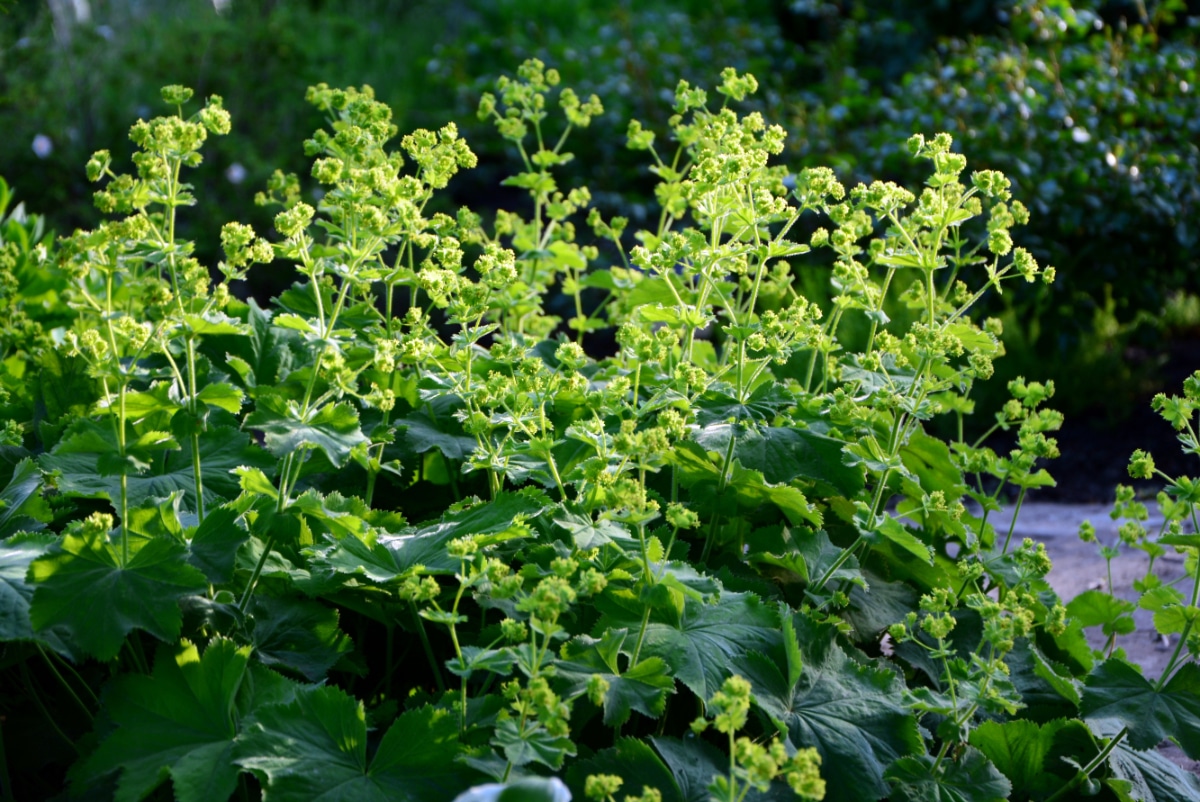
The subdued green flowers of Lady's Mantle won't win any dazzling awards, but their simple beauty provides excellent contrast for other plants and flowers. The large tufting blooms last for months, providing a reliable flowering backdrop that allows other flowers to shine brighter. Lady's Mantle foliage is striking on its own, too; the emerald-colored leaves are enormous and fan-shaped with scalloped edges. Lady's Mantle looks impressive as a border plant, along paths, and interplanted with spring flowers. Hardy to zones 3-7.
Spiked Speedwell (Veronica spicata)

Featuring summer-long blooms of tall spikes lined with dainty star-shaped flowers, Spiked Speedwell is must-have for the perennial flower garden. The flowers are either blue, purple, white, or pink, and the bees and butterflies love them. Spiked Speedwell is bold and will accentuate any space it is planted with a punch of color. We love this as a border plant or seeing it in mass plantings with all the colors. Speedwell is hardy to zones 3-8.
Threadleaf Coreopsis (Coreopsis verticillata)
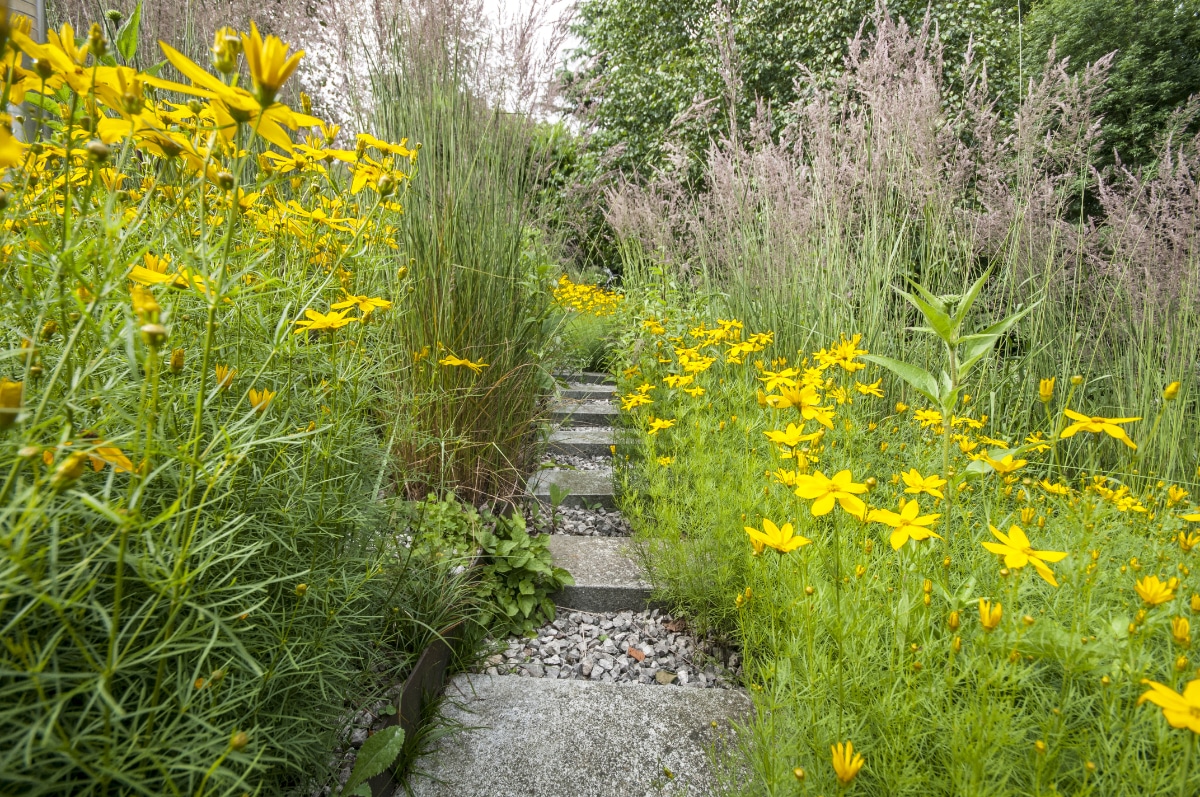
With blooms that last from spring through late summer, few flowers beat the longevity of Coreopsis. Classic Coreopsis flowers are the sun reincarnated in blossoms, with bright yellow blooms stretched out like rays. There are many cultivars available, though, with an impressive range of single-color and bi-color selections. We particularly like "Hot Paprika," "Sienna Sunset," "Creme Caramel," and "Moonbeam." The fern-like green leafy foliage of Coreopsis is delicate and adds to the overall aesthetic interest. There are annual and perennial Coreopsis species, so be aware of what you're buying. Hardy to zones 3-8.
When you plan your backyard or flower garden, make things easier for yourself by choosing some of these long-lasting perennial bloomers. Perennials reduce the amount of work a garden requires, and long bloomers provide color and beauty for months.
Other Perennial Flowers
Looking for more amazing flowers for your garden? Check out these articles!
Shade Loving Perennials to Beautify Your Backyard

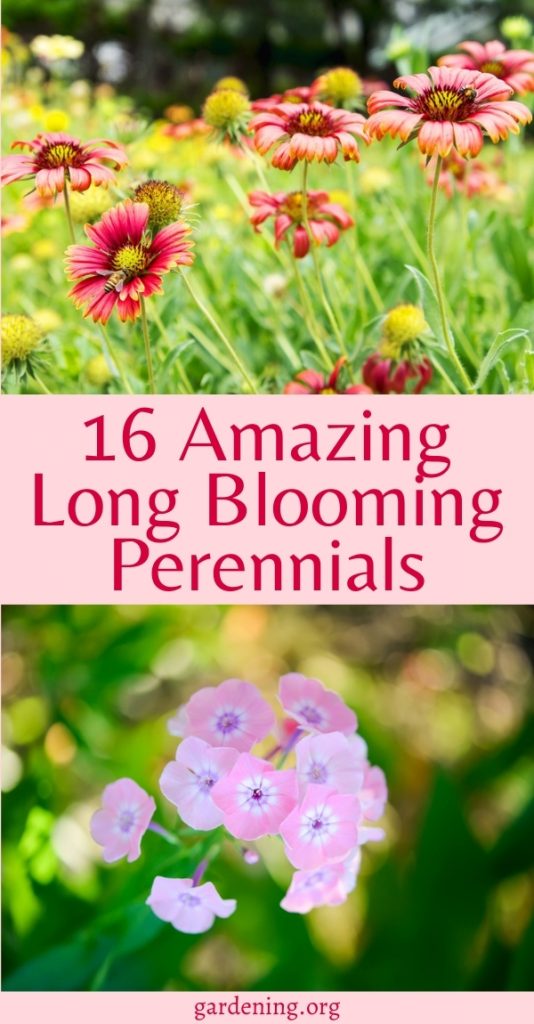
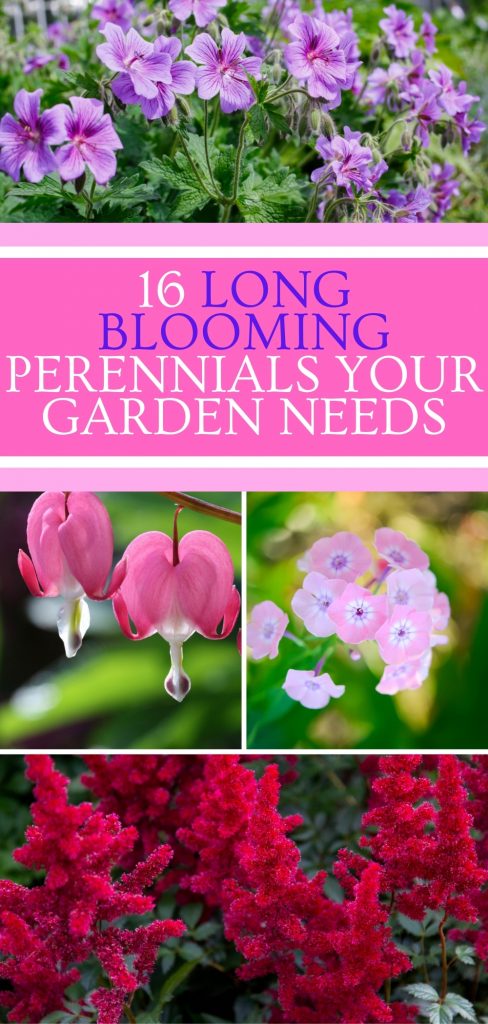
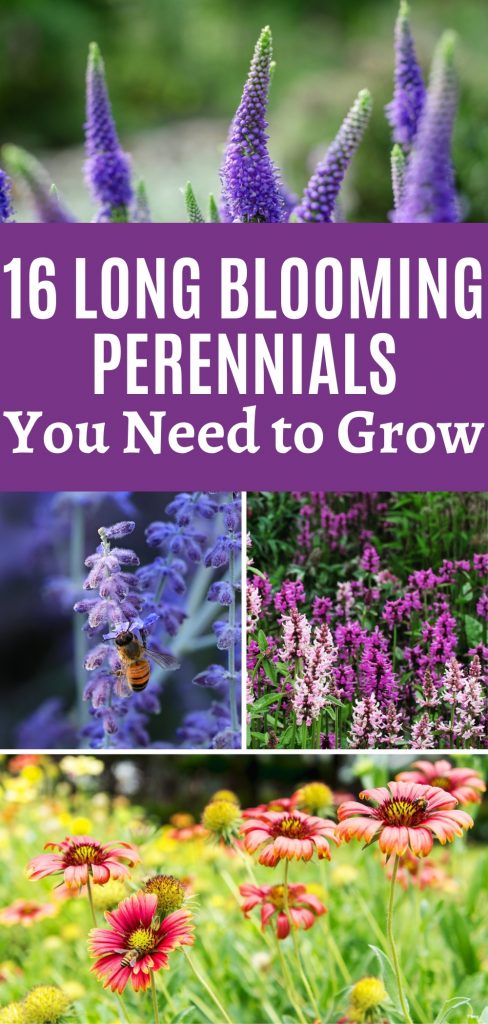

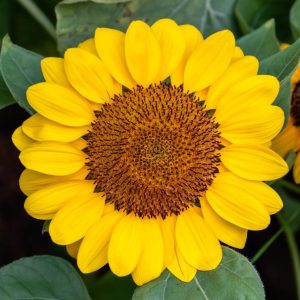
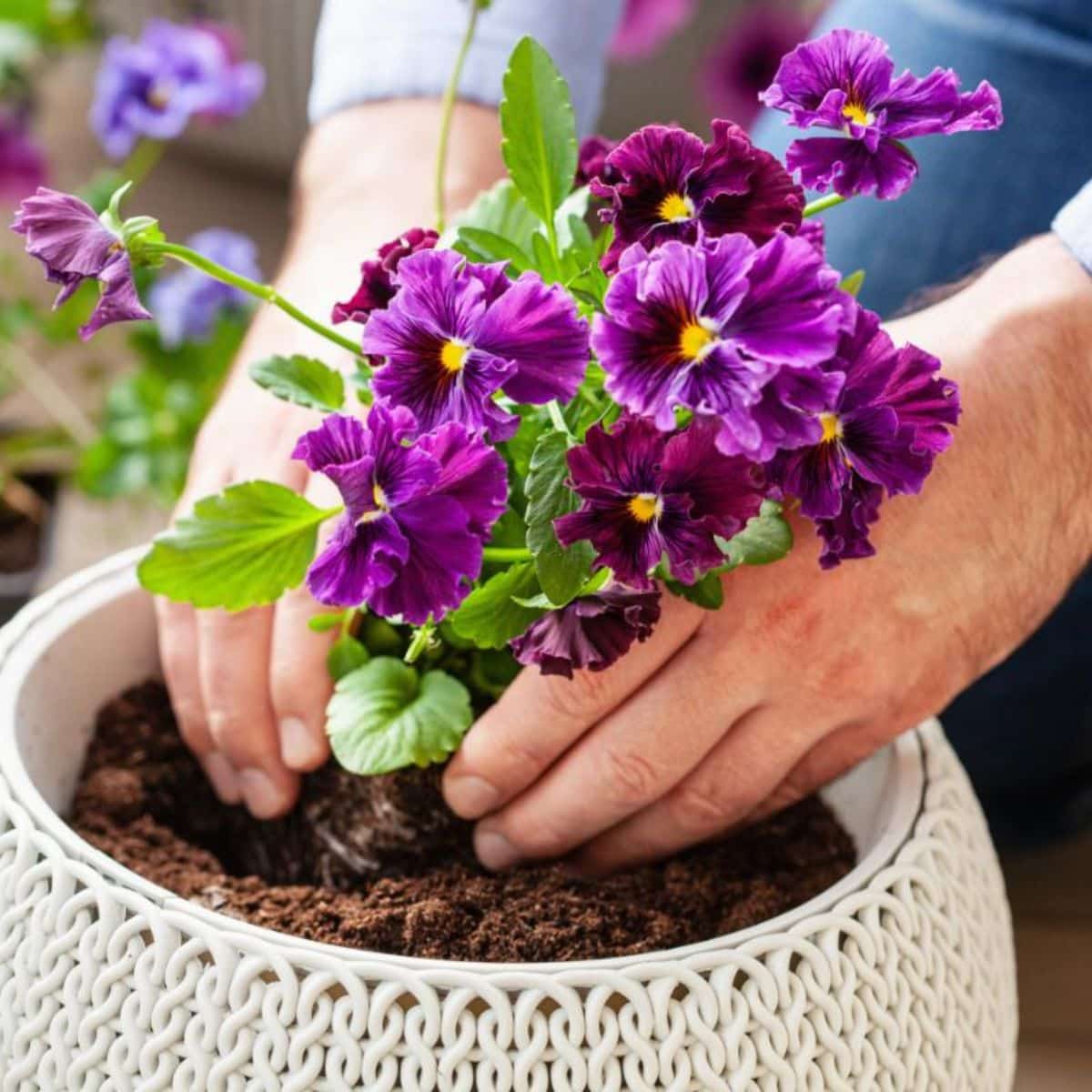
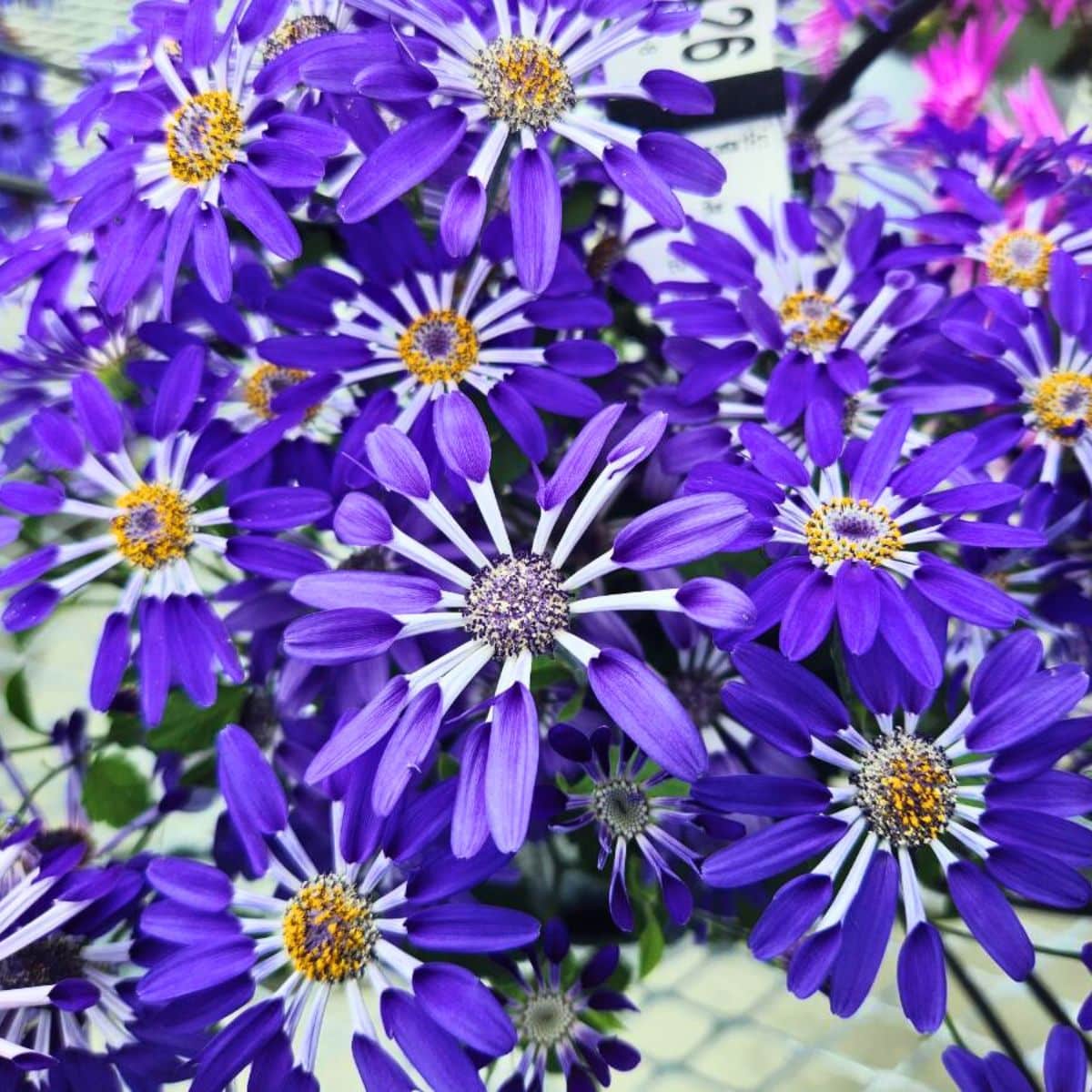
Leonie
Love your info.